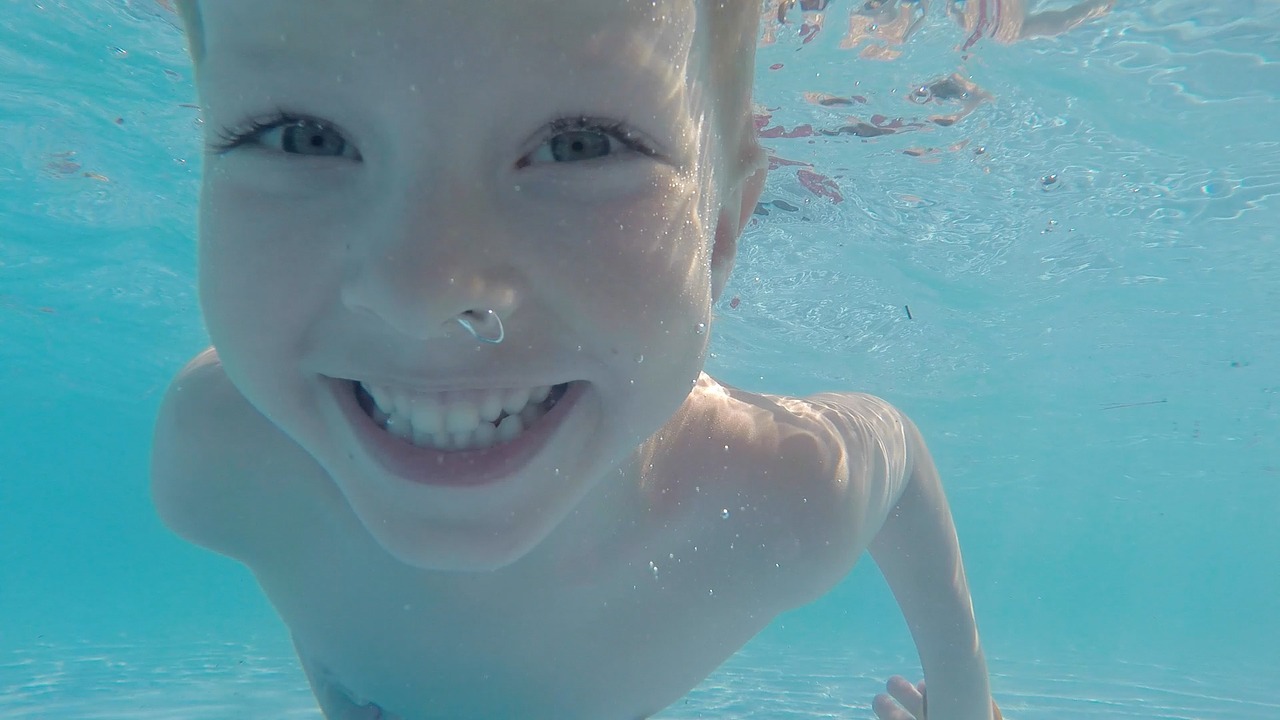
Pool Safety
Summer is in full swing and families are heading to the swimming pool for fun and relief from the heat. But with water play comes some inherent risks that must not be ignored. Pool safety is a number one priority.
A foster parent takes on the tremendous responsibility of caring for another person’s child. The government takes that responsibility seriously, too. State regulations mandate requirements that may go beyond what non-foster families consider normal safety. California’s Title 22 Code of Regulations spells out specific pool safety rules for foster families.
“Swimming pool” is any in-ground or above-ground structure including hot tubs, spas, portable and non-portable wading pools, and does not exclude ponds and other water features. Remember, it takes very little water and very little time for a child to drown.
Families with foster children under 10 years of age or those with disabilities must take extra steps to assure the children’s safety needs are accommodated.
Barriers
The first line of safety is to keep children from having access to the water without adult supervision. Pools must be made inaccessible with appropriate barriers.
The first type of barrier is a fence or enclosure installed according to the manufacturer’s specifications that meet the following criteria:
- Must be a minimum of 60” (5’) high.
- Can not block the view of the pool.
- A Self-closing gate must open away from the pool and have a self-closing latch no more than 6” from the top.
- No gaps wider than 4” with no more than a 2” gap at the bottom.
- Free from anything that would make it “climbable.”
The second type of barrier is a pool cover. This may not be approved for all types of foster care homes. Check with your social worker.
Pool covers must meet Health and Safety Code regulations and be supported by flotation devices.
Must be strong enough to support the weight of an adult
Must remain in place and locked while the pool is not in use
Exit alarms are an additional line of protection, alerting the adult whenever a door in the home is opened. This option may be approved by the agency where compliance with the previous requirements is not possible, such as an apartment complex.
Pool alarms are also available. Although they do not meet the necessary safety requirements, they may provide an extra layer of security.

Pool Time
Once the kiddos are in the pool, now is not the time to relax on safety. Last summer alone, at least 250 children drowned in the U.S.

→ Consider swim lessons and water safety training for all ages. Those who are able to swim or get to the side of the pool in case of accidental entry will have a much higher chance of avoiding a drowning.
→ Never leave a child unsupervised in a body of water, even to answer the phone or use the restroom. Children must be supervised at all times by an adult who is able to swim.
→ Do not assume someone else is watching your child. Too often children drown amongst a crowd of friends in a backyard pool, surrounded by adults who simply didn’t notice. Keep your eye on your children at all times, or hire a certified lifeguard. Or both. And remember, flotation devices are NOT a substitute for careful supervision.
→ Keeping a careful watch on your kids also dramatically reduces the risk of sexual abuse. Statistics show that 90% of child sexual abuse victims know their abuser. Abusers can be friends, family members, or neighbors. An unsupervised child in a swimming pool is a potential victim of unwanted touching.
→ Lastly, as a foster parent, your CPR training must be up-to-date at all times. It never hurts to make sure your teens are first aid and CPR trained as well. (Know where to find your first aid kit and have your emergency plan in place as we show here.)

Common Sense
Have fun and use common sense when it comes to your time at the water.
- Use sun protection and apply sunscreen often to avoid sunburn, but keep it out of the eyes!
- Keep your family hydrated with water and juice to avoid dehydration that can happen while swimming.
- Use flotation devices only as they were designed to be used. Inappropriate use of flotation devices can cause devastating results such as being stuck upside down under water.
- Discourage horseplay and running around the pool.
- Make sure any pool or spa you use is in good working order and has safety approved drains.
- Don’t allow children to sit in a hot tub for more than a few minutes at a time, and especially never over 104 degrees.
- Protect feet from hot concrete. When shoes are off, turn them face-down to keep them cool.

While it may take some extra diligence to protect your kids from harm, a safe and healthy summer will provide your family with a lifetime of happy memories.
Article written by Cindy White Horvath. She can be reached at cindy@avgffa.org


